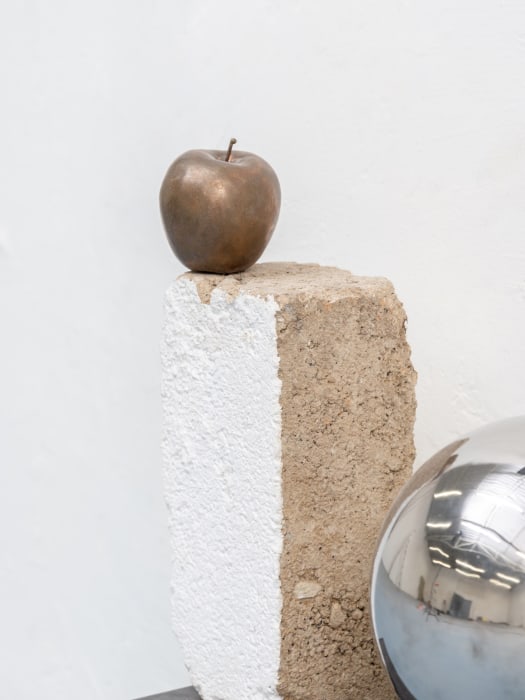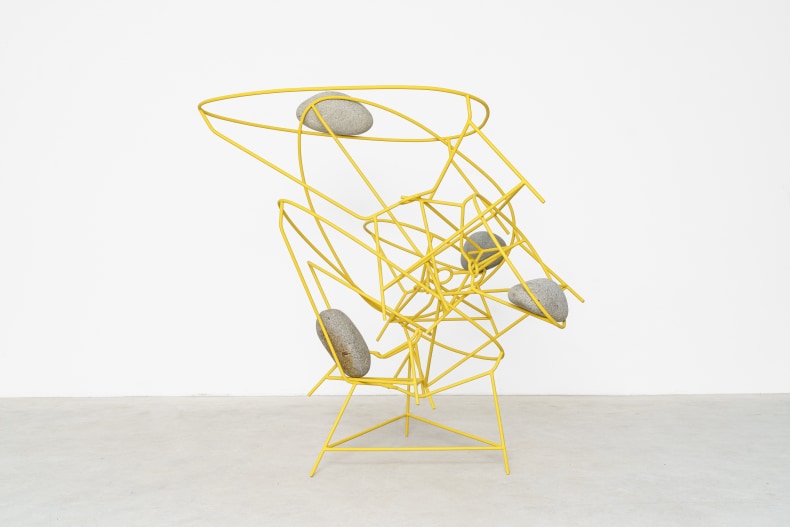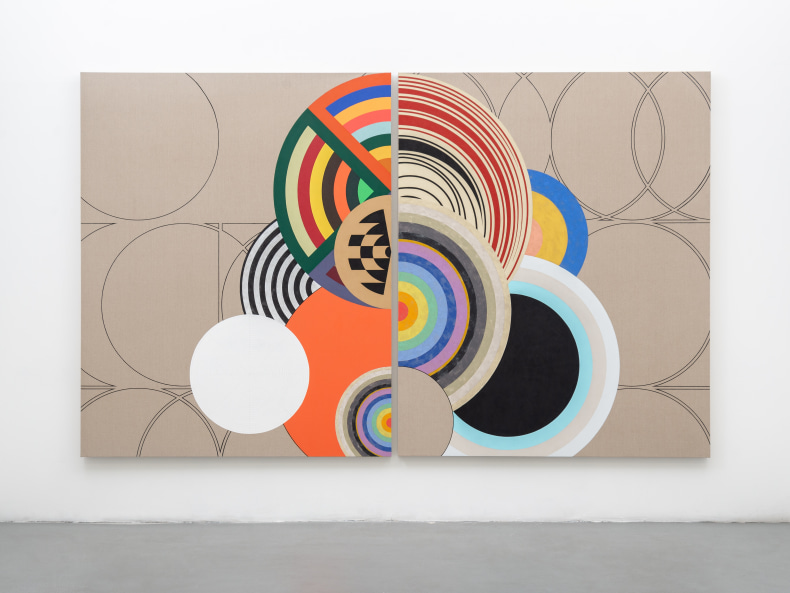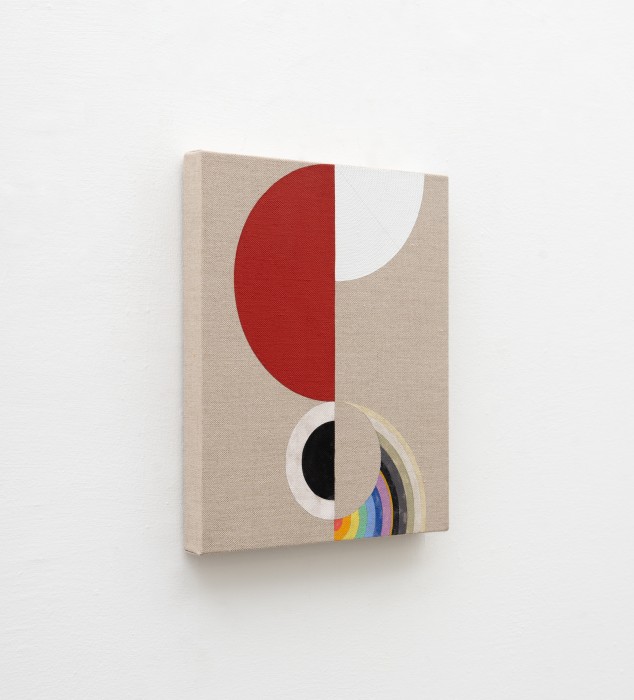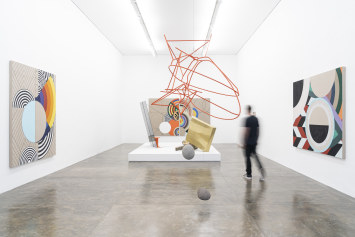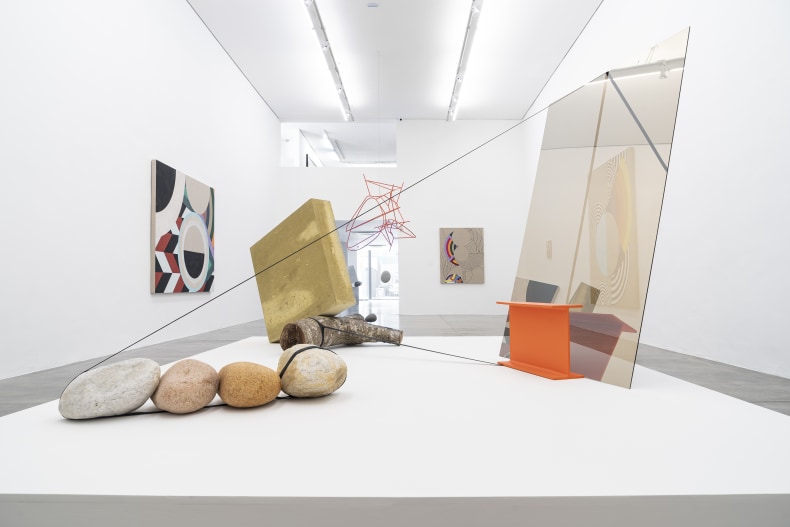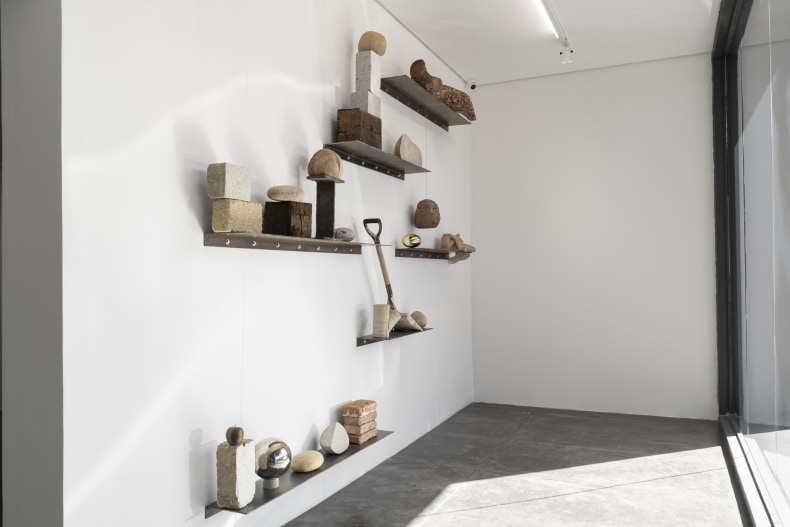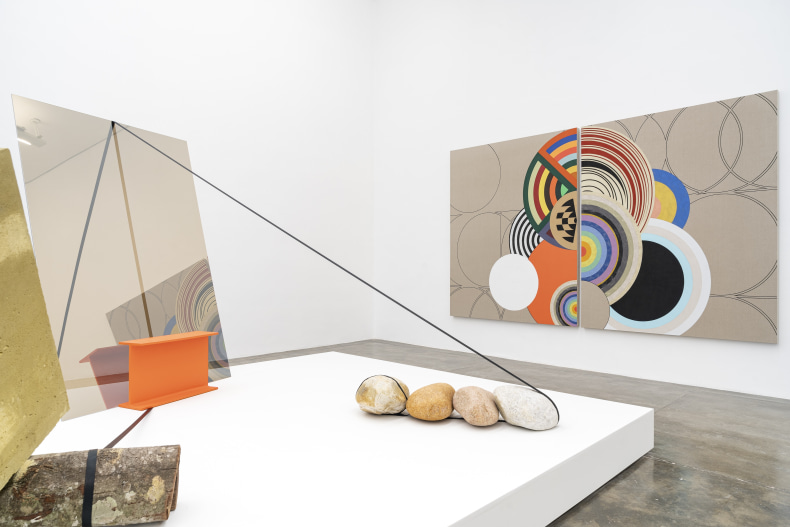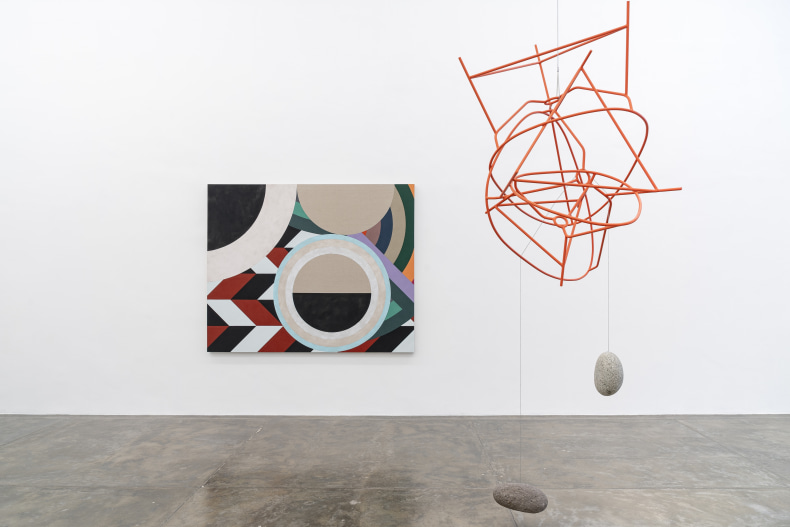Nara Roesler is pleased to present A pirate, a poet, a pawn and a king, the first solo exhibition by Mexican artist Jose Dávila (Guadalajara, 1974) in Brazil. Marking the beginning of the gallery's representation of the artist, the show brings together recent works by Dávila, with around 20 pieces, including installations, sculptures, paintings, and drawings. Accompanied by a text by Julieta González, the exhibition reveals intrinsic aspects of the artist's practice, marked by an approach to language and the sculptural tradition from a perspective centered on the articulation between the "constructive will" and the physical principles that govern nature.
The title of the exhibition alludes to the idea of transformation and mutation present in Dávila's work and refers to the way he deals with materials, based on a poetic approach to the Frank Sinatra song “That's Life”. According to Dávila: "A person can be a pirate, then a poet, also a pawn and end up being a king... the same person. [...] I'm very interested in the notion that all things evolve and transmute over time: us as people, things as objects and materials, symbolic meaning. This constant evolution is fertile ground for new meanings to emerge, for changes to be accepted and for new beginnings to take place. This is an essential quality and characteristic of the nature of art, the capacity for transformation.”
Although the central element of his poetics is the field of sculpture, he is not interested in the stability, or often "solid," character of this type of language; his attention is much more directed towards impermanence and instability. "The way I approach materials, why I choose them and how I use them afterwards, is related to these concepts, summarized in the title of the exhibition, from a poetic approach," the artist adds. This can be seen in works such as Joint Effort, 2015, in which Dávila, using a ratchet handle, joins two unilateral mirrors at an oblique angle. The material responsible for pulling the handle down and preventing the mirrors from falling is a set of stones. In this way, the artist creates a composition using completely different and even opposing materials, which gives it a latent sense of fragility and imminent collapse. The effort put into each part, however, is what holds the elements together. A similar principle occurs in the work Trophic Chain (2023), whose title refers to the process of transferring matter and energy within an ecosystem. In this ensemble, a mirror stands obliquely and imposingly at the expense of a concrete block and a set of stones.
Dávila's keen eye for space and the analysis of physical forces such as mass, balance, and materiality are constantly present in his work. The elements of his poetics are explored through the most diverse media and languages, working with sculpture and installation, in which he uses rigid materials such as stones, glass, and concrete, to flexible materials such as wire, cardboard, ribbons, and straps, to pictorial elements. A recurring procedure in his work is the re-readings he makes of the productions of well-known figures in art history, such as Donald Judd and Roy Lichtenstein. The exhibition includes works from the Homage to Square series, in which Dávila transforms Josef Albers' eponymous series of paintings into kinetic mobiles.
Painting also enters the artist's poetic radar, equally based on the search for impermanent or tense situations. In the series The fact of constantly returning to the same point or situation, Dávila creates a set of circles with different colors and consistencies. Almost always incomplete, or framed in such a way that they cannot be seen as a whole, they end up provoking sensations of incompleteness and disorientation in the viewer.. Orden Discontinuo (Discontinuous Order), a series of prints made on different types of paper, brings similar compositions and evokes similar sensations, but also incorporates the qualities of the supports in which they are inserted, such as folds/tears and textures.

